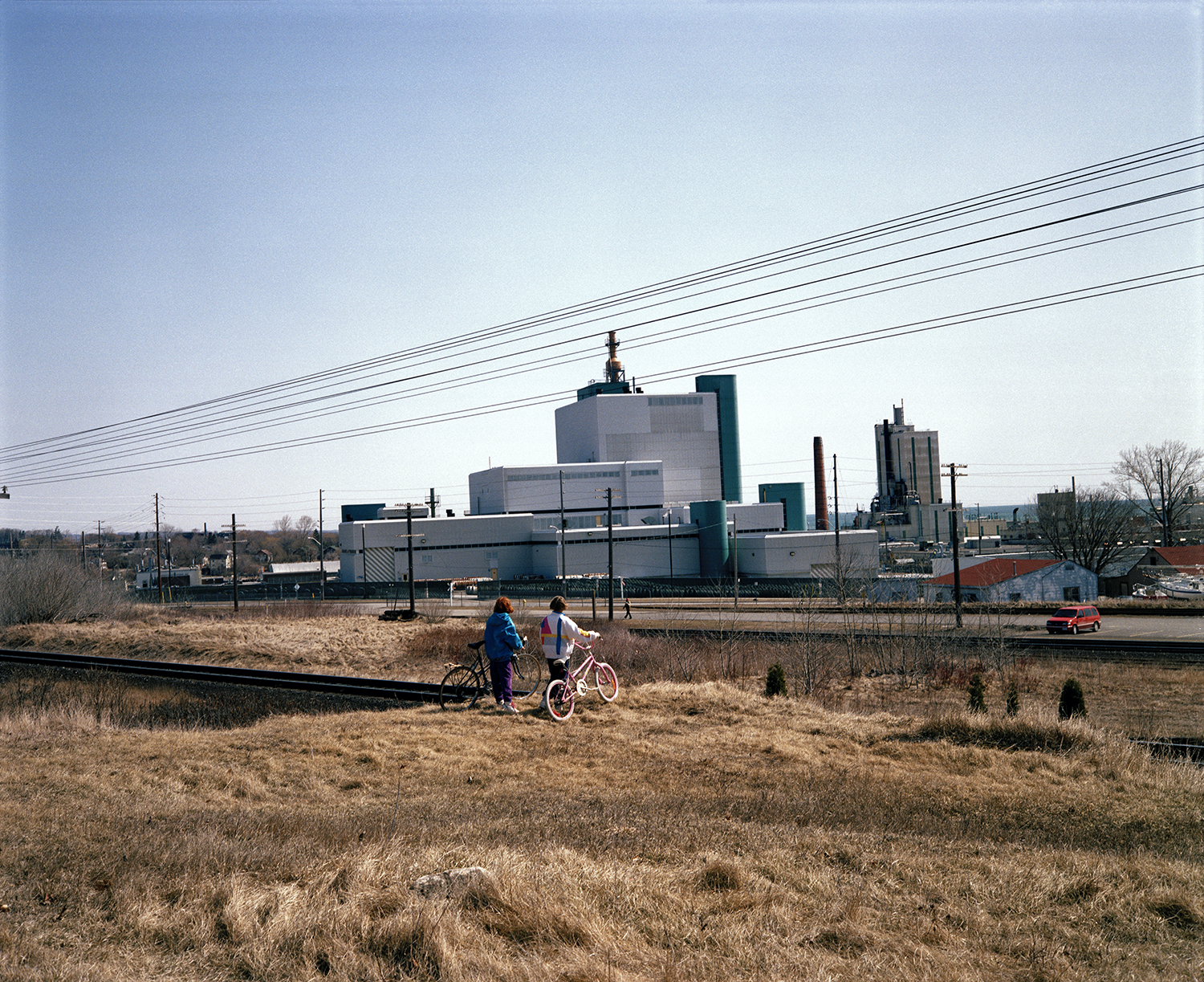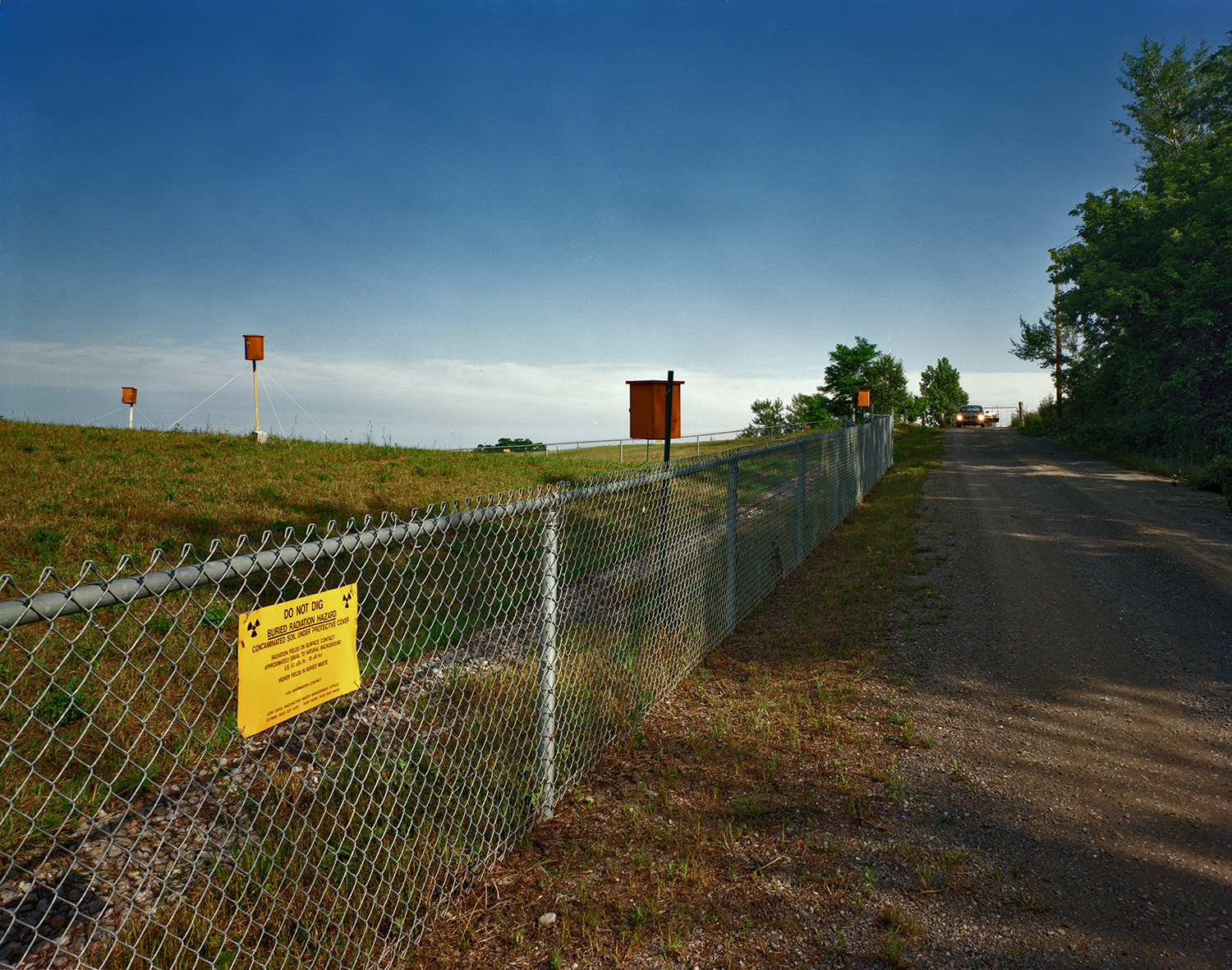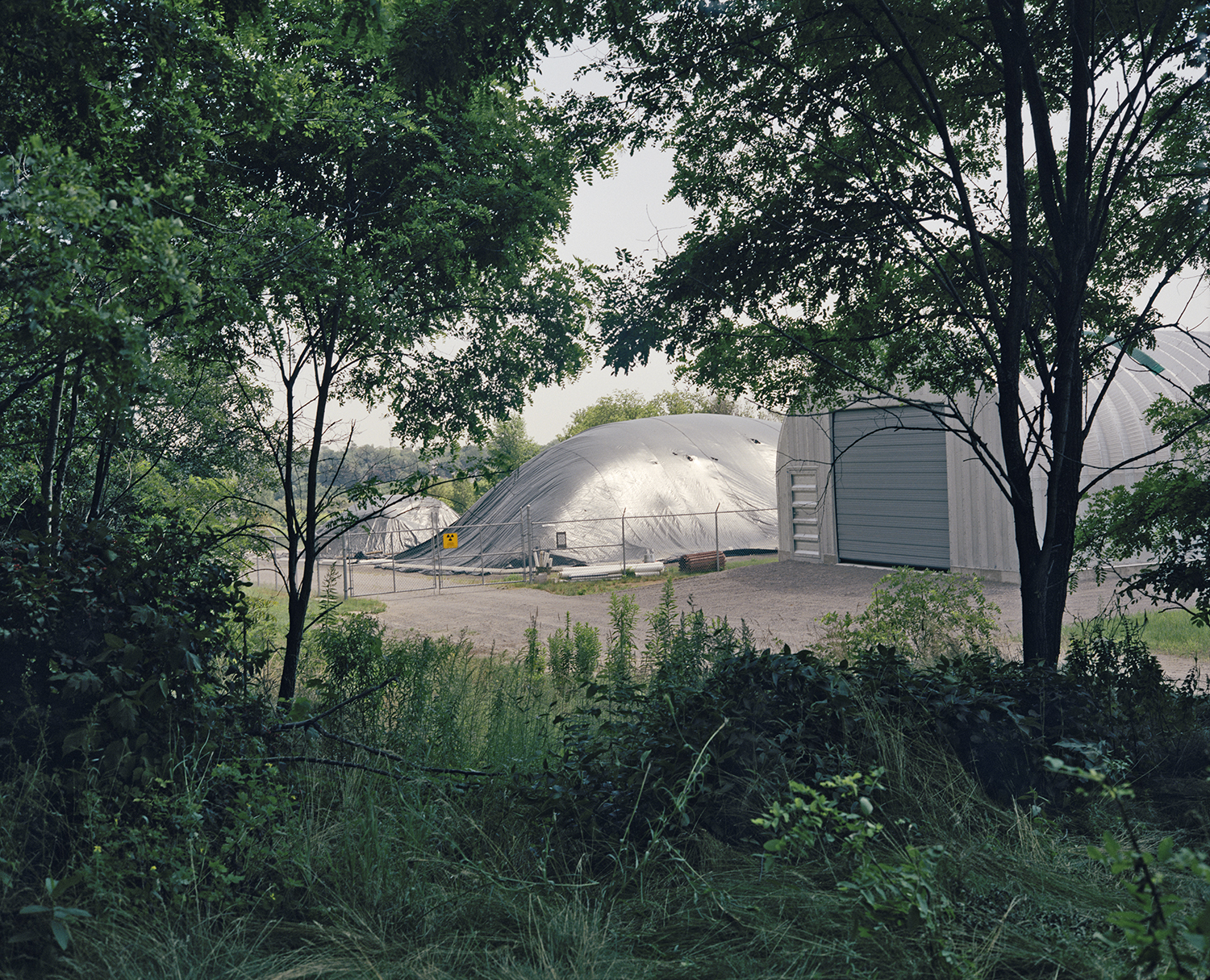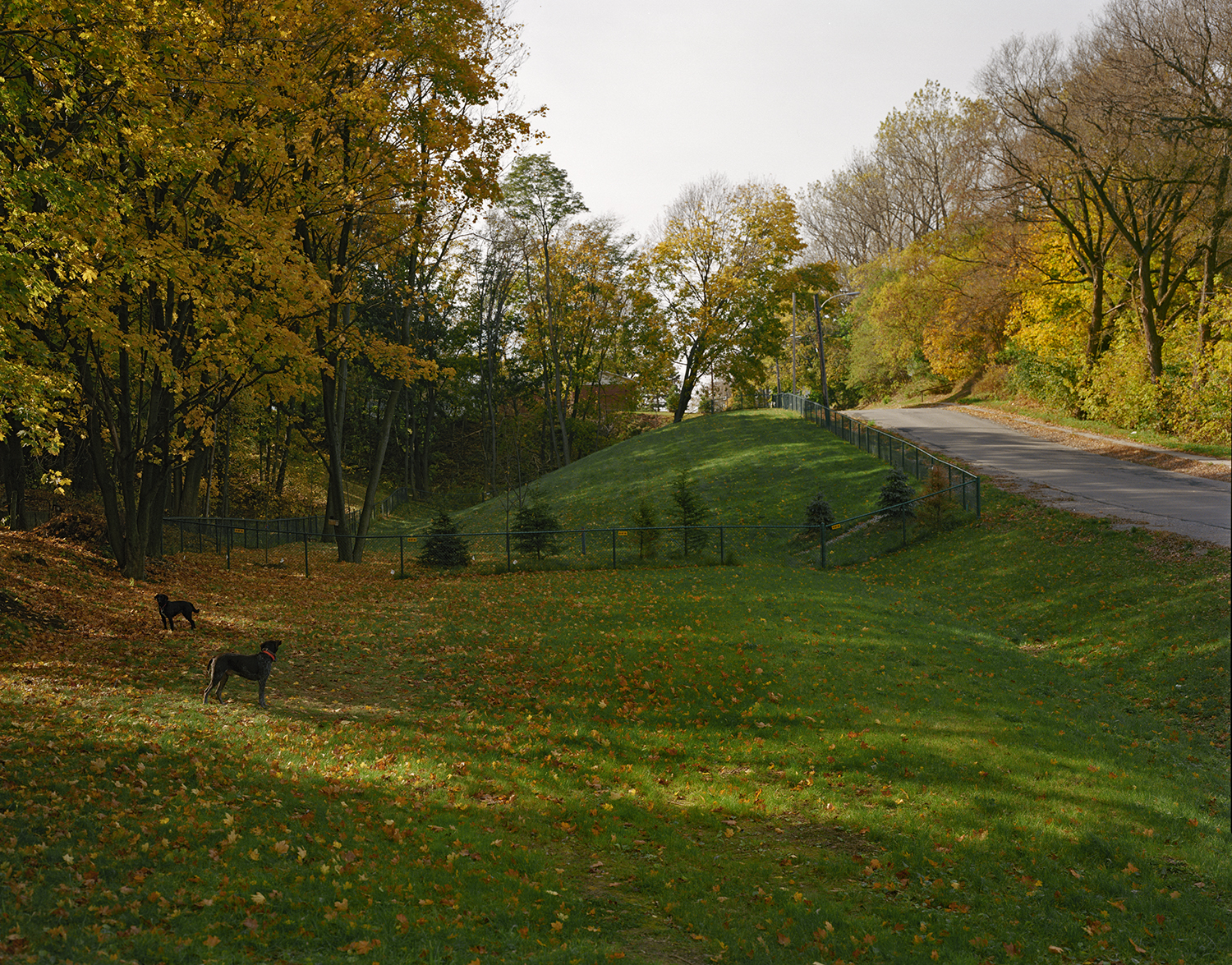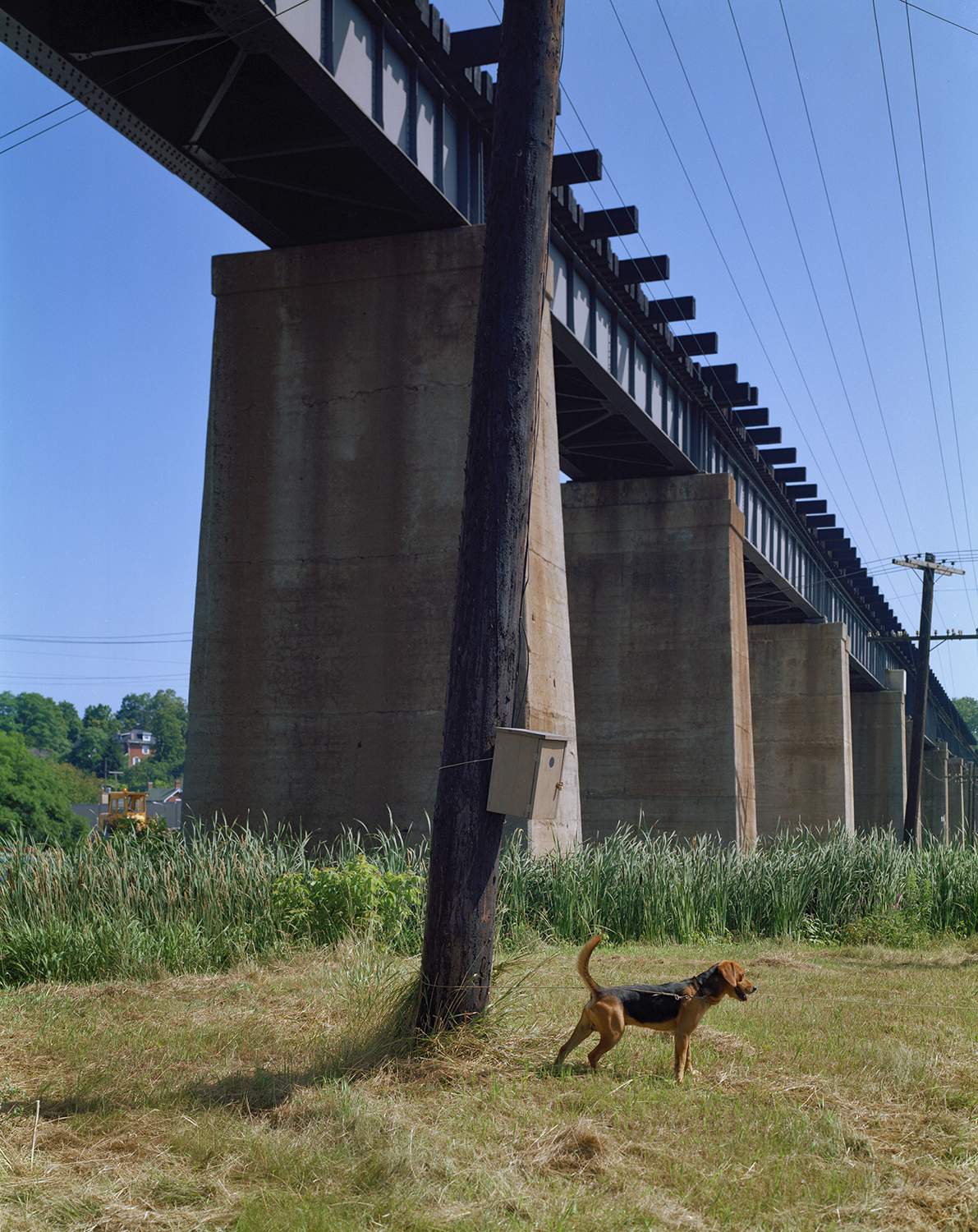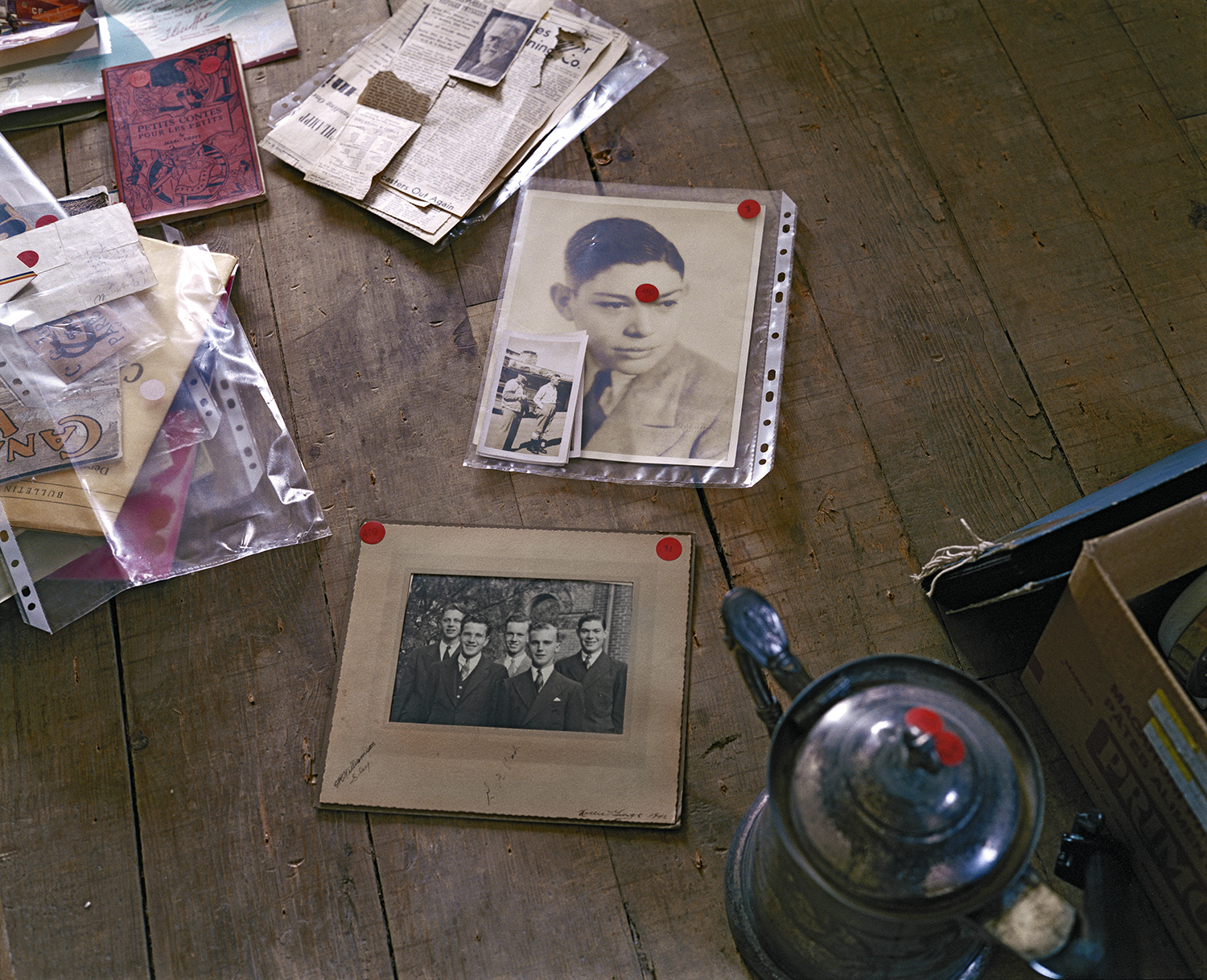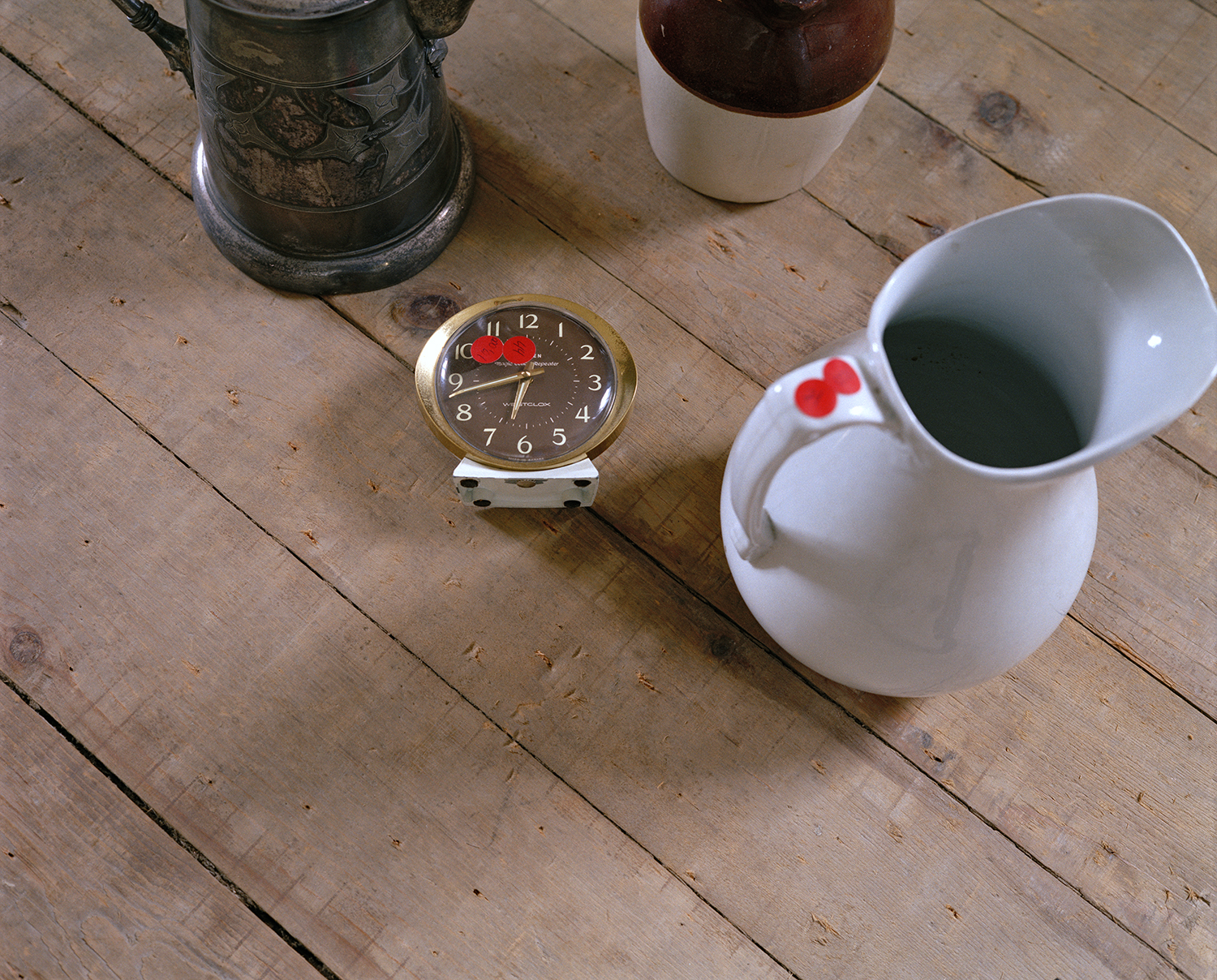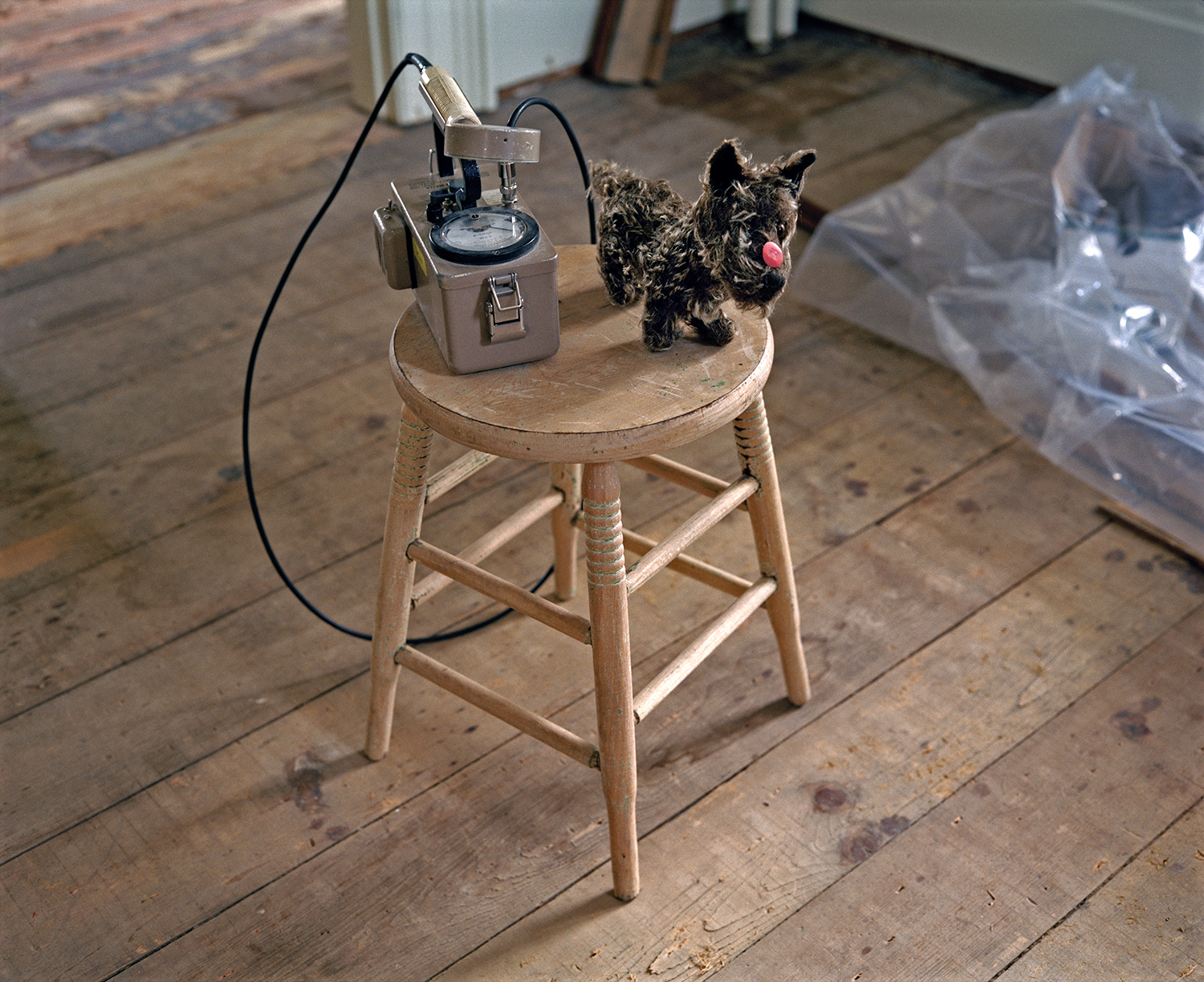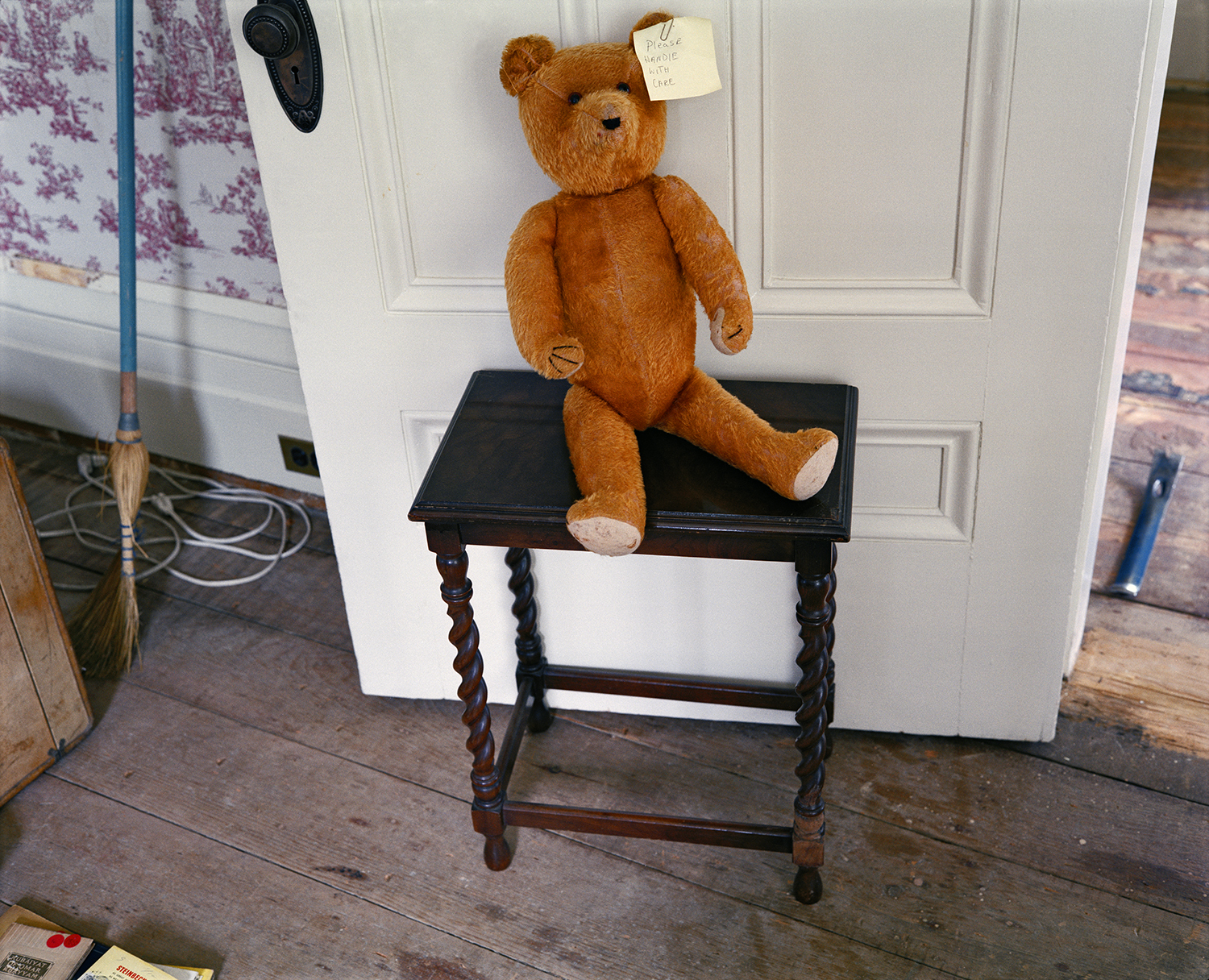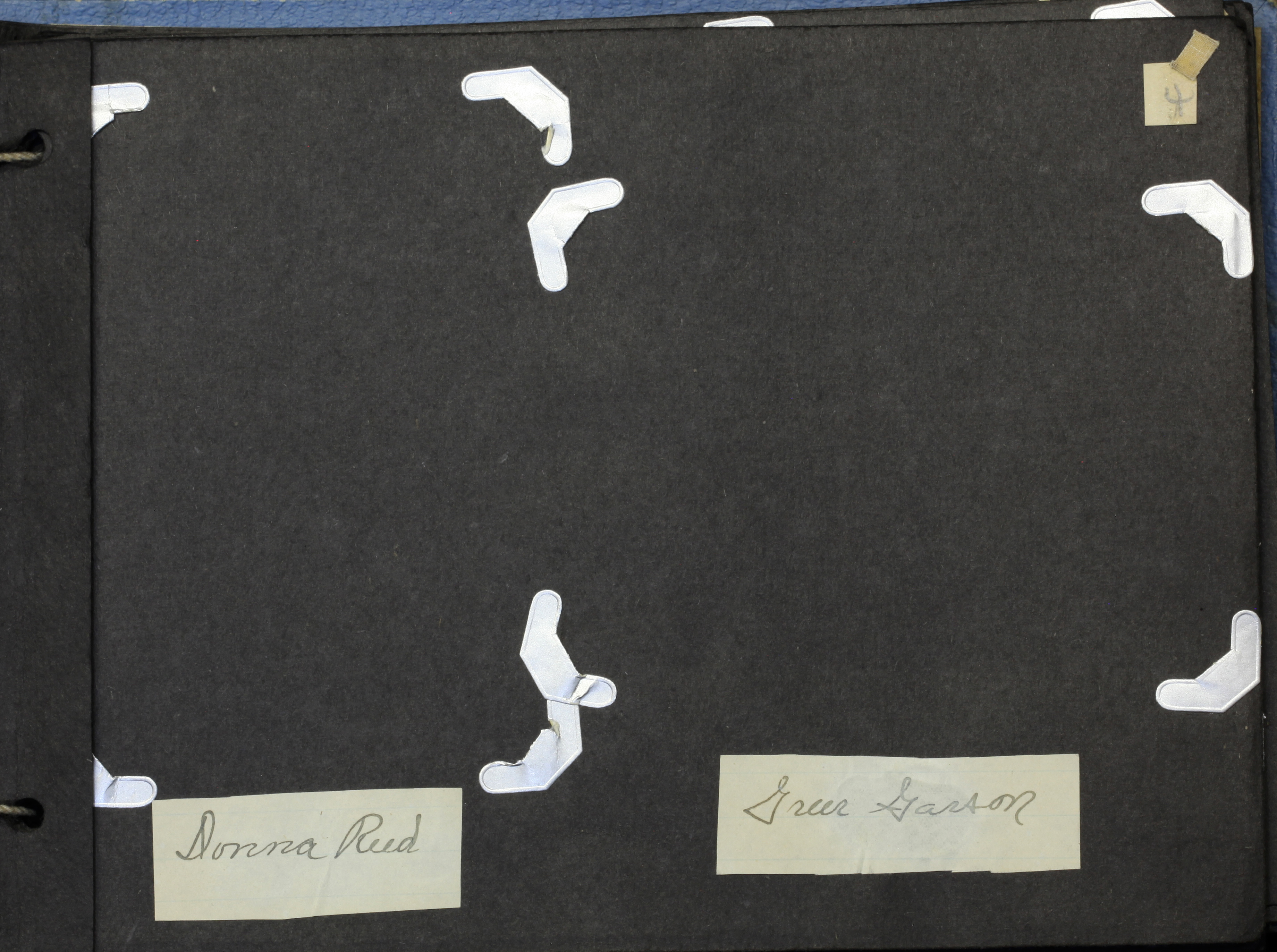In the 1930s, Eldorado Gold Mines established a radium refinery on the shore of Lake Ontario in the small town of Port Hope. In the 1940s the Canadian government secretly took control of the company, turning the renamed Eldorado Nuclear Ltd. into a Crown corporation with contracts to supply uranium oxide for research into the development of the atomic bomb under the U.S. Manhattan Project. Port Hope is thus an integral part of the development of the atomic bomb, the destruction of Hiroshima and Nagasaki and the production of atomic weapons during the Cold War. In 1988 Eldorado was sold to Cameco Ltd., which processes uranium for commercial nuclear reactor fuel in Canada and worldwide.
In 1975, radon gas levels in excess of uranium mining standards were discovered in the gym of a local school. The Eldorado refinery had donated sandy radioactive uranium wastes to the school for use as fill under the gym, cafeteria and parking lot. The school was evacuated and stayed closed for nearly two years and the vacant school became the first public sign of a radioactively contaminated community. Radiological surveys of homes, commercial properties and landscapes throughout the town followed as basements, gardens and ravines were measured and mapped to determine the scope of the contamination. Further testing revealed that the town’s harbour, adjacent to the Eldorado plant, was compacted with radioactive sediment.
The project Uranium Landscapes is a long-term investigation of the location and public response to radioactive waste in Port Hope. The project documents the contaminated homes and landscapes of Port Hope and includes images of the near-by nuclear dump in Port Granby and the “Port Hope” field at the Chalk River Nuclear Laboratories where approximately 2500 truckloads or 104,225 tons of radioactive soil from Port Hope was shipped in 1976.
For more, see Uranium Landscapes, The Art Gallery of Peterborough, 2000.
The present and future phase of the Port Hope project continues with Future Mound, a documentary continuance of what began with Uranium Landscapes.
